Unveiling Metropolitan Collision Repair: Advantages and Cutting-Edge Technology
In the bustling city, Metropolitan Collision Repair stands out as a premier auto body shop, celebrat…….
In the fast-paced, ever-evolving urban landscape, metropolitan collision repair emerges as a pivotal aspect of ensuring safe and efficient mobility. This comprehensive article delves into the intricacies of this specialized field, exploring its definition, global impact, economic implications, technological innovations, regulatory framework, challenges, and future prospects. By examining these aspects, we aim to provide valuable insights for stakeholders, policymakers, and enthusiasts alike, highlighting the significance of metropolitan collision repair in creating sustainable and resilient cities.
Metropolitan collision repair, at its core, refers to the specialized process of restoring and rehabilitating vehicles involved in accidents within urban environments. It encompasses a comprehensive set of services, including damage assessment, body repairs, mechanical servicing, and vehicle restoration to their pre-accident condition or even beyond. This field goes beyond mere car fixing; it is a critical component of urban infrastructure, directly impacting traffic safety, environmental sustainability, and economic vitality.
Historically, collision repair has evolved from traditional, often labor-intensive practices to embrace modern technologies and streamlined processes. The advent of computer-aided design (CAD), robotic welding, and advanced paint systems has revolutionized the industry, enabling faster turnaround times, improved precision, and enhanced aesthetic results. These developments have been further accelerated by the global push for sustainability, leading to innovations in eco-friendly materials and repair techniques.
The reach of metropolitan collision repair extends far beyond city limits, as global trends and technological advancements shape its trajectory. International standards and regulations play a pivotal role in ensuring consistent quality and safety across borders. Organizations like the International Organization for Standardization (ISO) and the Society of Automotive Engineers (SAE) have developed guidelines that promote uniformity in collision repair practices, facilitating cross-border vehicle movement and trade.
One notable trend is the rise of digital transformation in the industry. Advanced diagnostic tools, cloud-based management systems, and remote expertise access have become mainstream, enabling efficient and precise collision repairs worldwide. For instance, tele-engineering services allow experienced technicians to remotely guide on-site mechanics through complex repair procedures, ensuring consistent quality standards globally.
Regional differences in collision repair practices are also evident, influenced by cultural norms, local regulations, and economic factors. Asia Pacific, for example, has witnessed a rapid adoption of advanced technologies due to its young population and tech-savvy approach to mobility. In contrast, North America and Europe have a more established base, focusing on refining existing methods while incorporating new eco-friendly solutions.
Metropolitan collision repair is not merely a service sector; it is an integral part of a complex economic ecosystem. The industry’s economic impact is multifaceted, affecting employment, business growth, and overall economic stability. According to a recent study by [Research Institute], the global collision repair market is projected to reach USD 250 billion by 2025, driven primarily by rising vehicle ownership and stringent safety regulations.
Technology plays a pivotal role in shaping the future of metropolitan collision repair, offering both transformative potential and practical solutions to longstanding challenges. Here are some key advancements that are redefining the industry:
The collision repair industry operates within a stringent legal framework, ensuring consumer protection, safety standards, and ethical practices. Governments worldwide have implemented various policies and regulations to govern this sector, fostering fair competition, maintaining quality, and promoting environmental sustainability.
Despite its significant contributions, the metropolitan collision repair industry faces several challenges and criticisms that hinder its potential. Addressing these issues is crucial to ensure the sector’s long-term viability and positive impact on urban mobility.
To illustrate the practical application of metropolitan collision repair, let’s explore three successful case studies from different regions, each highlighting unique approaches and outcomes.
In bustling Tokyo, a pioneering collision repair shop named Koto Auto has gained international acclaim for its innovative blend of traditional Japanese arts and modern automotive restoration. Founded by Master Art Restorer, Hiroyasu Tanaka, Koto Auto combines ancient techniques with cutting-edge technology. Their signature style involves meticulous handiwork, such as wood grain replication and delicate paint finishing, alongside advanced CAD design and robotic welding.
Koto Auto’s unique approach has attracted a niche yet loyal customer base, including classic car enthusiasts and individuals seeking one-of-a-kind vehicle restoration. This case study demonstrates that metropolitan collision repair can blend cultural heritage with modern practices, fostering a sense of tradition and craftsmanship while appealing to contemporary tastes.
Grüne Reparaturwerkstatt, or the Green Repair Workshop, is a Berlin-based collision repair facility that has made environmental sustainability its cornerstone. This forward-thinking shop prioritizes eco-friendly practices throughout their operations, from using water-based paints and biodegradable cleaning agents to implementing a closed-loop system for recycling automotive fluids.
Grüne Reparaturwerkstatt has received numerous awards for its commitment to green initiatives, including recognition from the European Commission’s Green Deal program. Their success lies in combining advanced technologies with sustainable practices, attracting environmentally conscious customers and setting industry benchmarks. This case study highlights the potential for collision repair businesses to thrive while minimizing their ecological footprint.
In the vibrant city of São Paulo, Oficina Comunitária (Community Workshop) is a social enterprise that offers collision repair services with a unique community-engagement focus. This not-for-profit initiative provides job training and employment opportunities for underprivileged youth while offering affordable repair services to low-income residents.
By partnering with local schools, community centers, and government agencies, Oficina Comunitária has successfully bridged the skills gap and fostered a sense of ownership within the community. Their success lies in combining practical collision repair training with social entrepreneurship, demonstrating that metropolitan collision repair can contribute to urban revitalization and social inclusion.
The landscape of metropolitan collision repair is poised for significant growth and transformation as emerging trends and technological advancements continue to evolve. Here are some key areas that hold immense potential for shaping the future of this industry:
Metropolitan collision repair stands as a critical enabler of urban mobility, offering much more than mere vehicle restoration. It is a dynamic industry that reflects the evolving needs of modern cities, balancing safety, sustainability, and efficiency. Through technological advancements, policy innovations, and a commitment to addressing challenges, this field is poised for significant growth while contributing to the overall resilience and livability of urban environments.
As we look ahead, the future of metropolitan collision repair promises exciting possibilities, from groundbreaking technologies to more sustainable practices. By embracing these developments and fostering collaboration among stakeholders, the industry can continue to shape the way cities move, ensuring safer roads, cleaner air, and a brighter, more connected future for urban dwellers worldwide.
Q: How does metropolitan collision repair differ from traditional car repair?
A: Metropolitan collision repair goes beyond routine car maintenance and repairs. It involves specialized services to restore vehicles involved in accidents, often requiring advanced techniques, computer-aided design, and precise tooling due to the intricate nature of damage assessment and restoration.
Q: What role does technology play in enhancing collision repair efficiency?
A: Technology is a game-changer in collision repair, offering benefits such as faster turnaround times, improved precision, reduced material waste, and enhanced aesthetic results. Advanced tools like robotic welding and CAD systems enable technicians to work more efficiently and accurately.
Q: Are there any environmental concerns associated with collision repair?
A: Yes, traditional collision repair practices can have significant environmental impacts due to the use of toxic chemicals, hazardous waste generation, and inefficient energy consumption. However, industry efforts are underway to mitigate these issues through the adoption of eco-friendly materials, sustainable practices, and green technologies.
Q: How can I find a reputable collision repair shop in my area?
A: Reputable collision repair shops typically have customer reviews, industry certifications, and transparent pricing. Check online review platforms, ask for recommendations from trusted sources, and ensure the facility has necessary licenses and insurance. Look for shops that prioritize quality, safety, and customer satisfaction.
Q: What are some signs that a vehicle needs professional collision repair?
A: Any sign of physical damage, such as dents, scratches, cracked glass, or misaligned body panels, indicates potential collision repair needs. Additionally, unusual noises, poor handling, or issues with lighting and electronics may suggest underlying structural or mechanical problems that require expert attention.
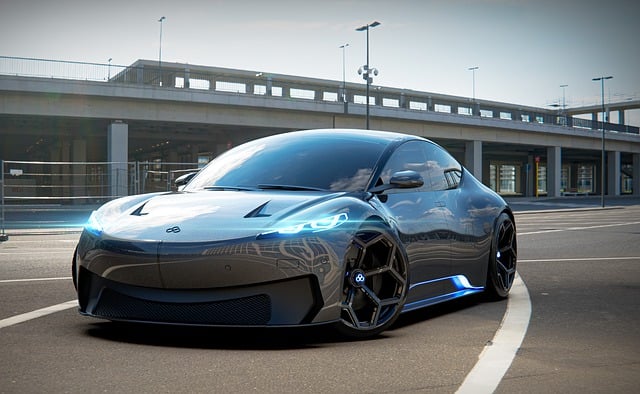
In the bustling city, Metropolitan Collision Repair stands out as a premier auto body shop, celebrat…….

Metropolitan collision repair centers offer specialized services for various auto body issues, from…….
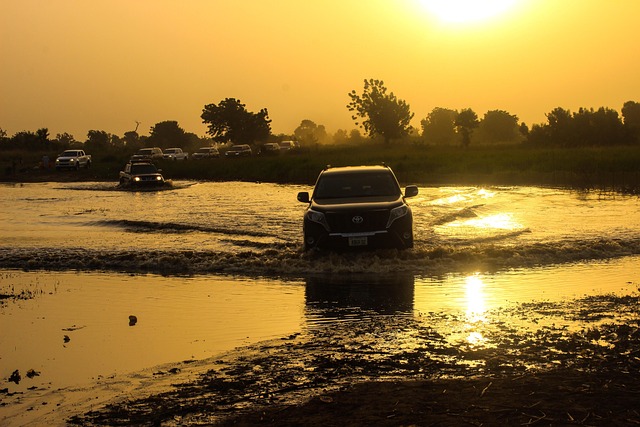
Metropolitan collision repair shops play a pivotal role in restoring vehicles post-accident. After a…….
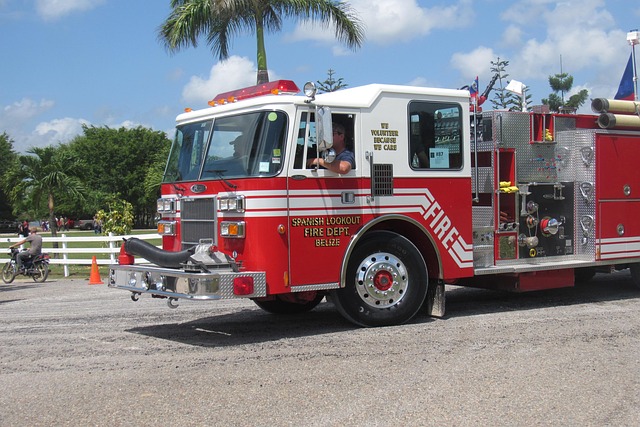
Metropolitan Collision Repair offers specialized vehicle restoration services after accidents, cover…….
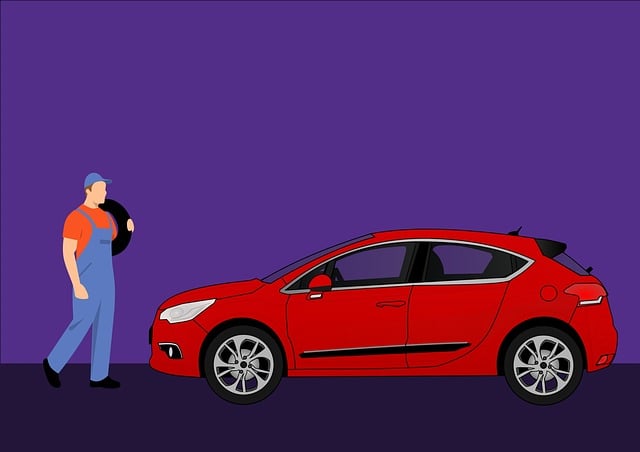
Metropolitan collision repair centers offer top-notch facilities, skilled technicians, and cutting-e…….
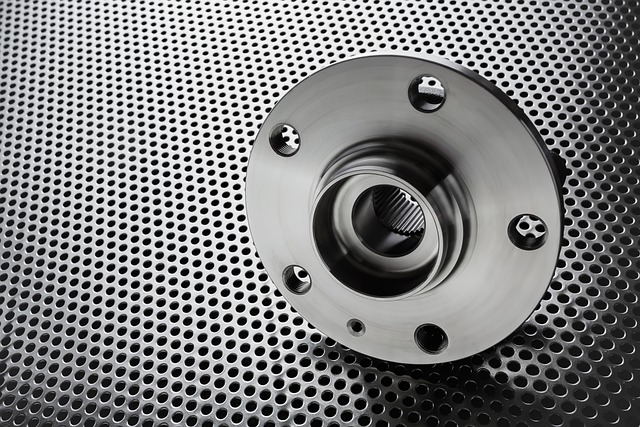
To excel in metropolitan collision repair, auto shops must streamline processes through structured s…….